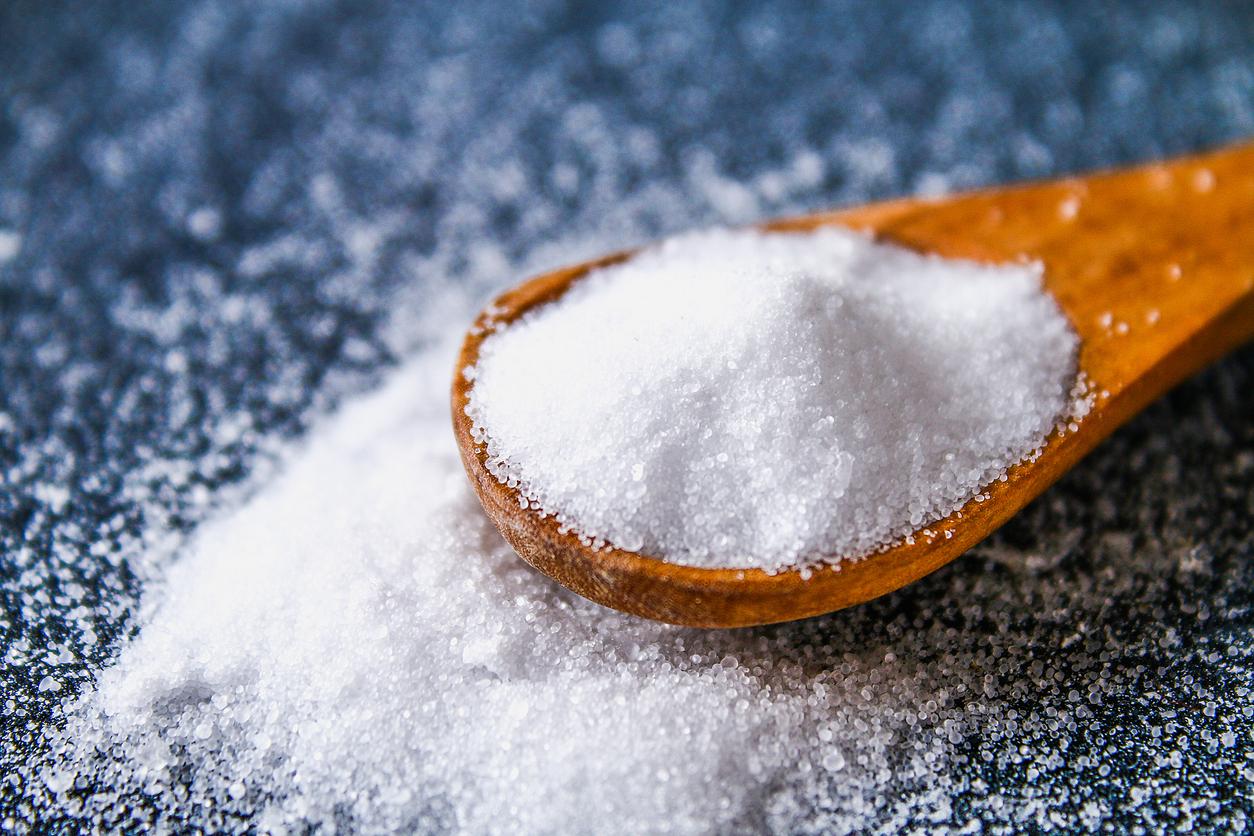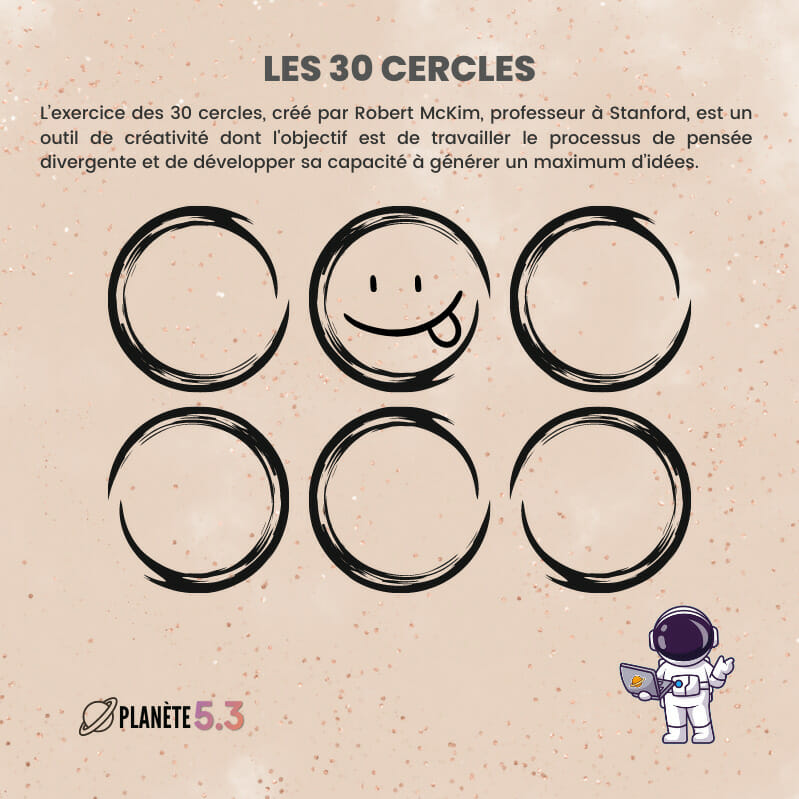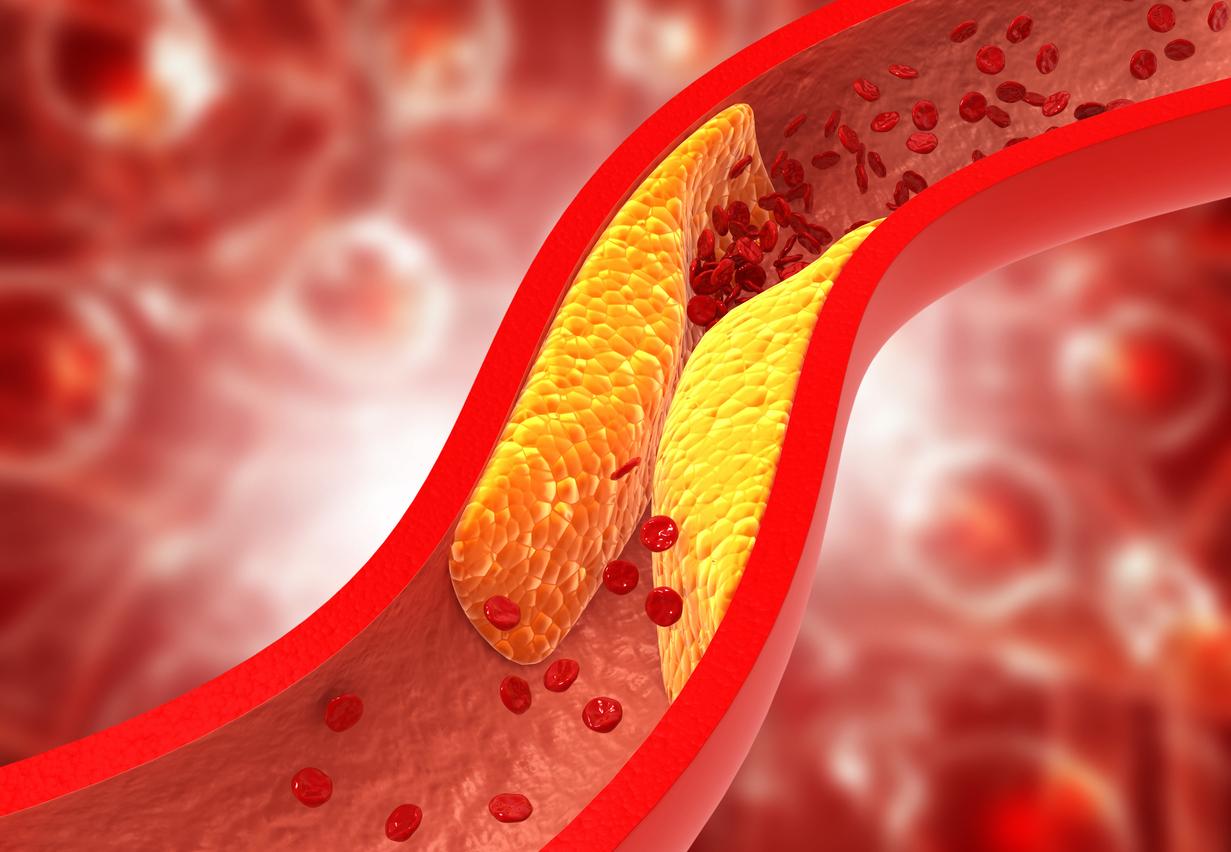A study reveals that the majority of patients treated for heart disease consume on average more than twice the recommended daily amount of sodium.

- According to a new study, the majority of patients with cardiovascular disease consume on average more than twice their recommended daily sodium intake.
- According to analyses, 89% absorb more than the recommended daily maximum of 1,500 mg of sodium.
- Researchers suggest increasing awareness about the benefits of limiting sodium intake and taking steps to reduce salt levels in foods.
Adopting a low-salt diet is one of the first instructions given to patients with heart disease, because excess sodium promotes high blood pressure. But despite the recommendations, many patients continue to eat too much salt.
A study to be presented on April 7 at the American College of Cardiology (ACC) conference reveals that people affected by a heart disorder consume on average more than twice the recommended daily sodium intake.
Sodium: heart patients consume double the recommendations
For this work, researchers reviewed the files of more than 3,100 people suffering from cardiovascular disease (heart attack, stroke, heart failure, coronary artery disease or angina). They assessed their daily sodium intake based on responses given to a questionnaire on foods consumed in 24 hours.
According to the results, study participants with cardiovascular disease consumed an average of 3,096 mg of sodium per day. This rate is higher than the general recommendation made by the WHO which is less than 2,000 mg of sodium per day for adults. But above all, it is double the amount recommended for patients with cardiovascular diseases by the ACC and the American Heart Association (1,500 mg/day). The data shows that 89% consumed more than this threshold recommended for patients.
The study researchers warn of the difficulties patients have in reducing their sodium consumption.
“Estimating the amounts of sodium in a meal can be difficult,” acknowledges Dr Elsie Kodjoe, from Piedmont Athens Regional Hospital (Georgia, USA) and lead author of the study. Food labels make it easier to estimate dietary sodium by indicating the amounts of sodium in packaged foods.”
The expert then adds in her communicated presentation: “To make it easier for patients to meet dietary guidelines, we need to find more practical ways for the general public to estimate dietary sodium levels or perhaps consider reducing the sodium content of the foods we we consume directly from the source”.
Salt and cardiovascular disease: raising public awareness of the risks
For researchers, it is, in fact, important to raise awareness among the general public about heart disease and the benefits of limiting sodium intake. They also point out that several proactive measures can help limit consumption of salt, as prepare more “homemade” meals and avoid dishes prepared and industrial. When shopping, you should favor unprocessed products, and if necessary pay particular attention to labels, particularly targeting foods containing 140 mg or less of sodium per serving.
“Cardiovascular diseases are real and constitute the leading cause of morbidity and mortality worldwide according toWorld Health Organization“adds Dr Kodjoe. “Adhering to guidelines (issued by health authorities) on sodium is one of the simplest strategies that individuals could easily adopt, to reduce hospitalizations, health care costs, associated morbidity and mortality to cardiovascular diseases.”
















